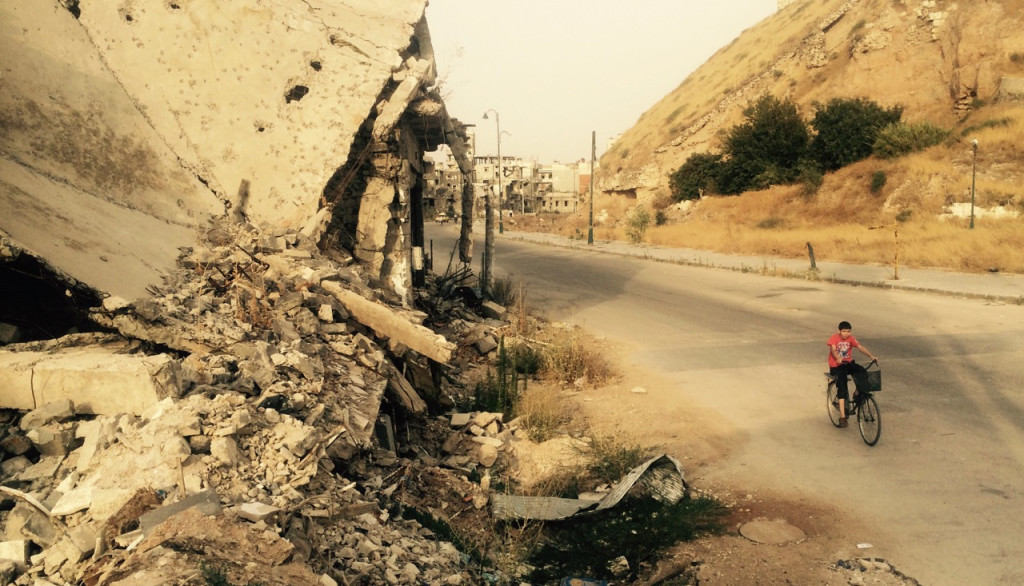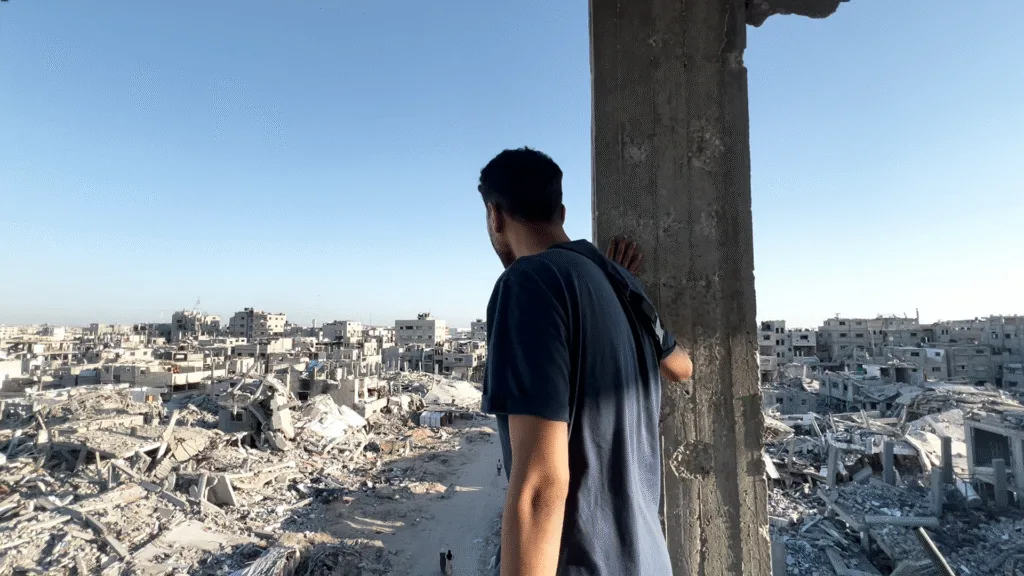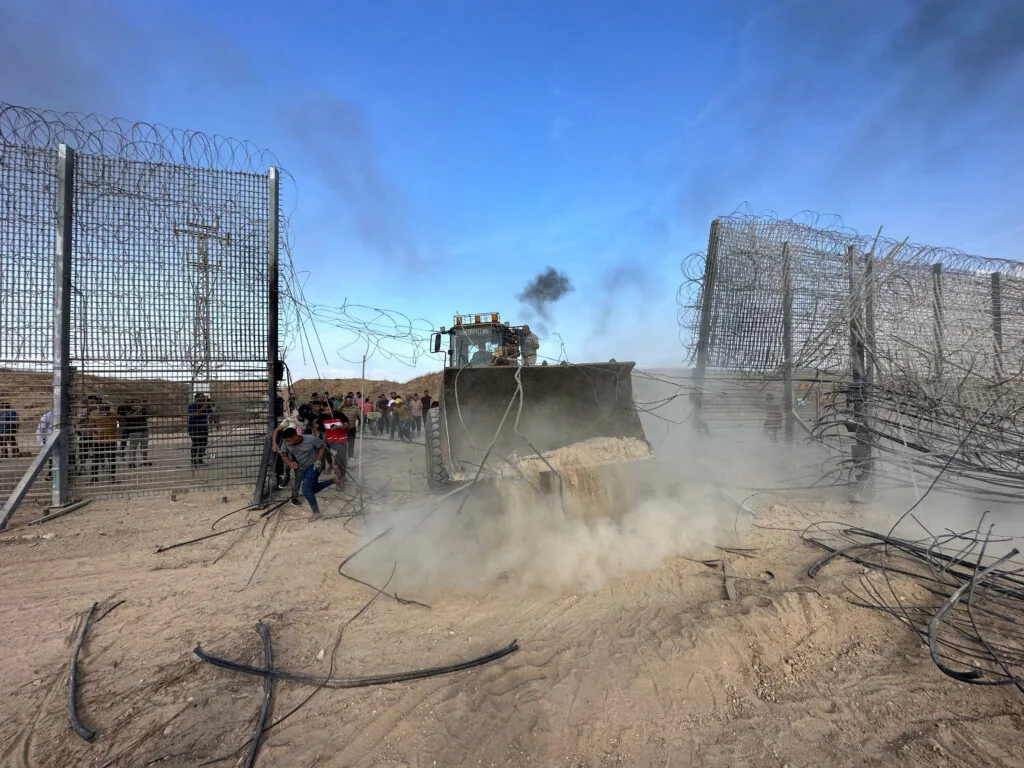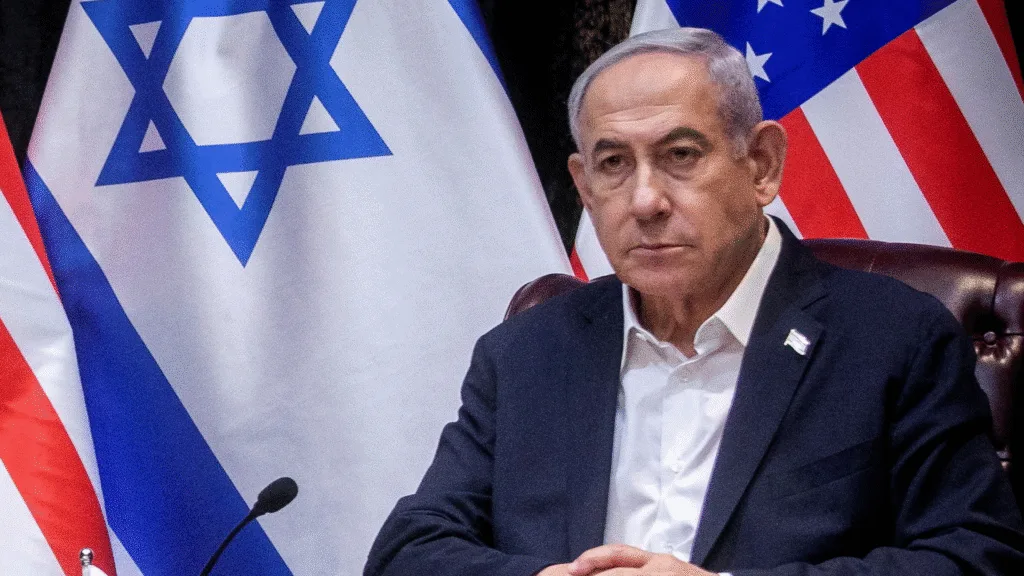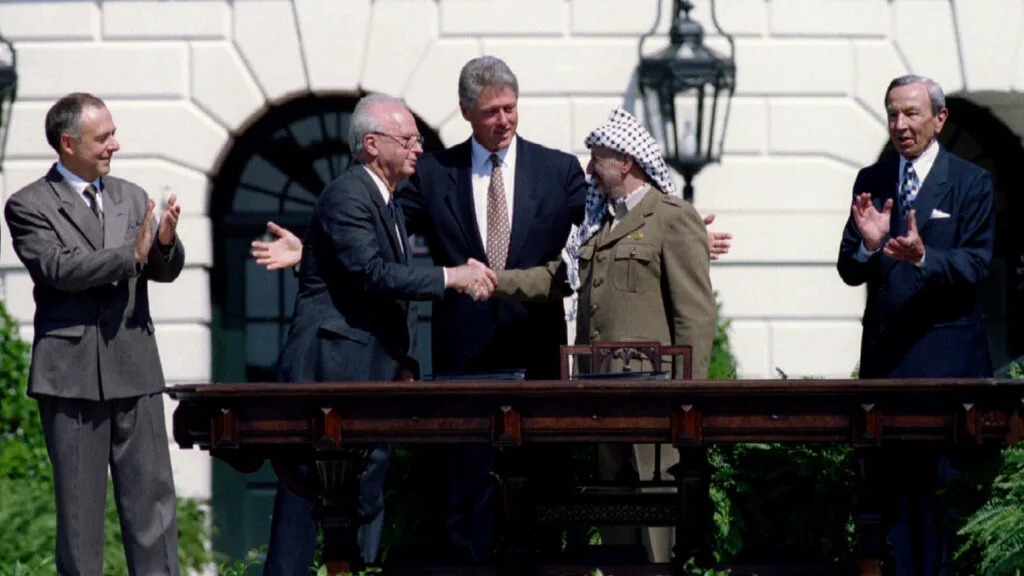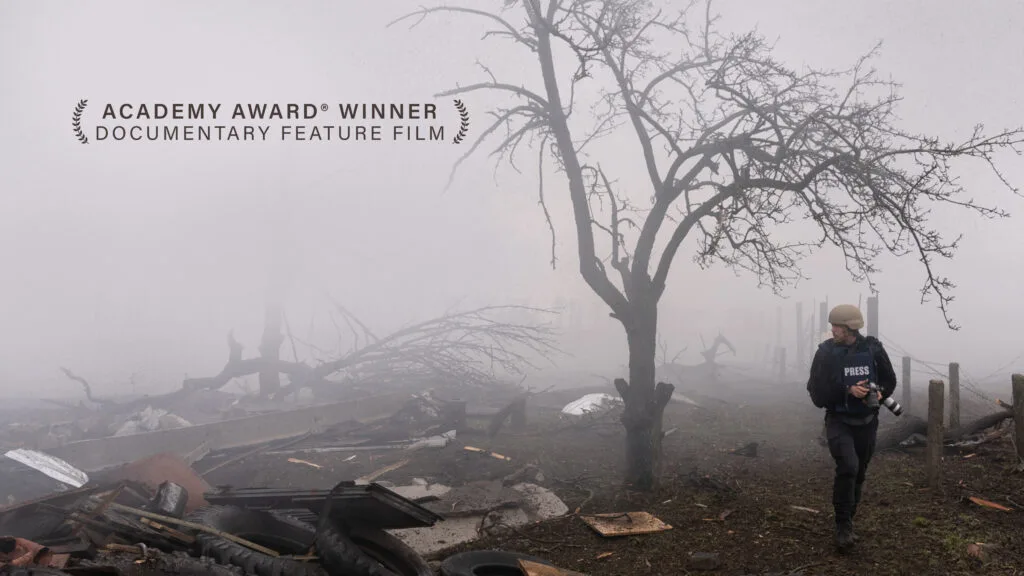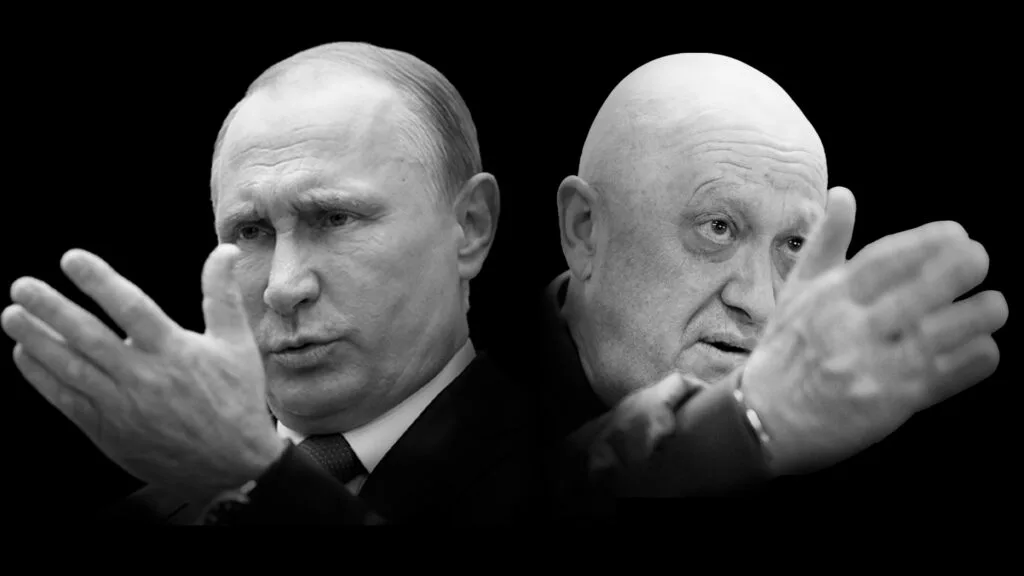Syria: What’s In It For Putin?
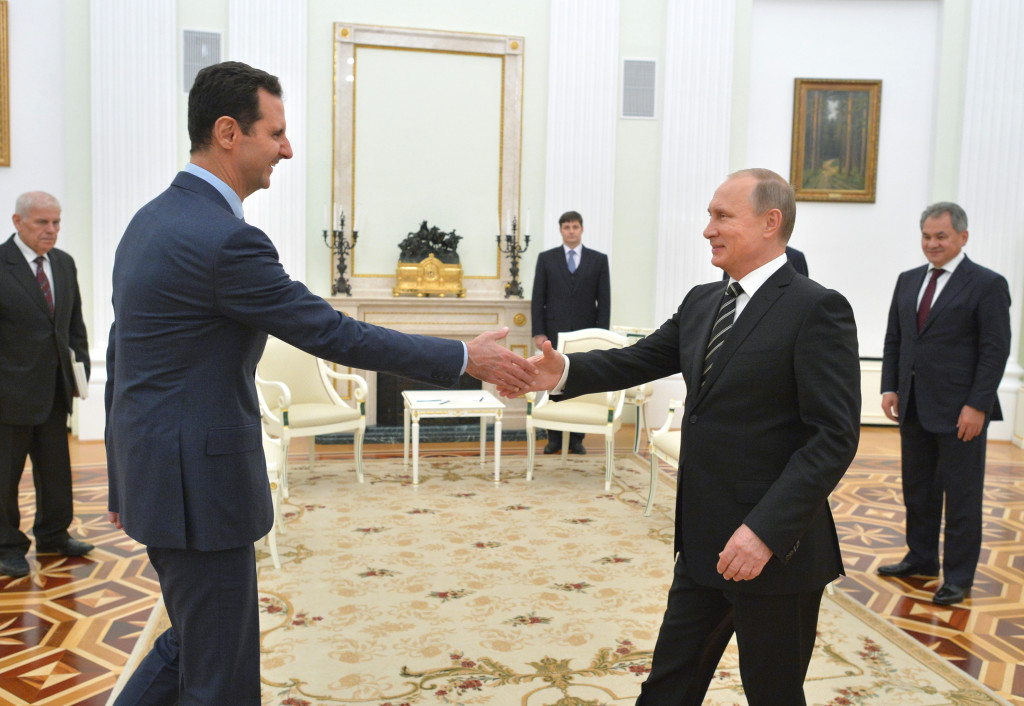
October 27, 2015
Share
For Vladimir Putin, Syria is not just about supporting President Bashar al-Assad. It’s about Russia’s place in the world.
Ever since Russia began airstrikes in Syria a month ago, it has made the case that it is aiding the Assad government in a fight against terrorists like ISIS.
But Russia’s military intervention in Syria began as Russia itself was struggling under Western sanctions, an ailing economy and diplomatic isolation as a result of its annexation of Crimea and its role in the conflict in eastern Ukraine. Its Syria campaign carries the risks that come with any foreign intervention — escalating casualties, runaway costs and the danger of falling into a quagmire. That it comes so soon after Ukraine, where Russia took pains to hide its military role, only heightens the possibility of losing public support.
So why the gamble?
Experts say that while Assad may be a valuable, long-time ally who offers Russia a foothold in the Middle East, the intervention is about something much larger — ensuring Russia’s influence in the region and its place at the negotiating table.
“Russians have been smarting for a long time under the Western strategy to isolate Russia, so this was a chance to say, ‘You have to deal with us. We’re a meaningful player in this crisis,'” says Andrew Weiss, vice president for studies at the Carnegie Endowment for International Peace.
Given the United States’ apparent reluctance to become more deeply involved in the Syrian civil war, and the intense pressure European countries are facing as a result of the refugee crisis, experts say Putin saw an opportunity to re-assert Russian influence.
The point Russia wants to make with its intervention is that “it can be a useful ally, or it can be a problematic antagonist,” so it shouldn’t be isolated, says Mark Galeotti, an expert on Russian security at New York University’s Center for Global Affairs.
As European borders and shores buckle under the pressure of hundreds of thousands of refugees, a vast majority of them Syrians, Russia — with Assad in its corner — offers leaders a glimmer of hope for a negotiated solution to the conflict. However, U.S. officials have accused Russia, which insists it’s targeting ISIS fighters, of primarily targeting CIA-backed rebel groups in its airstrikes.
CHANGING THE SUBJECT
Syria has also offered the Kremlin a chance to change the subject from the conflict in eastern Ukraine, says Weiss. The Syria campaign ramped up as the fighting in Ukraine was winding down to an uneasy stalemate. The Ukrainian war has resulted in the deaths of nearly 8,000 people, including soldiers, separatists and civilians, and a trail of physical and economic devastation that displaced at least 1.4 million from their homes — not an easy, victorious narrative for Russia.
The gambit may be paying off, according to the state pollster Russian Public Opinion Research Center, known as VTsIOM, which said last week that Putin’s approval rating hit a record high of almost 90 percent in the aftermath of airstrikes in Syria. “Such a high level of approval for the work of the Russian president is linked, in the first instance, to events in Syria, to Russian airstrikes on terrorist positions there,” the pollster said. Experts do suggest taking opinion polls in Russia with a grain of salt, though. For example, Putin’s approval rating has not fallen below 80 percent since March 2014 despite a deepening recession in Russia.
Putin has helped bolster public support by arguing that the Syria campaign is a strike against terrorists who pose a threat to Russia, while they are safely in someone else’s country.
“Beforehand, there was resistance, because people didn’t want to see their boys dying in Syria,” Galeotti says. But so far, “it’s very much being presented as an entirely arms-length and safe intervention” — from the Russian perspective, an almost “anti-septic war.”
THE COSTS
On the ground, however, at least one Russian soldier has already died. On Tuesday, Russia confirmed its first military fatality in Syria, but the military’s account says the soldier, 19-year-old Vadim Kostenko, committed suicide.
The other obvious cost of the intervention, besides the possibility of Russian soldiers being wounded or killed, is economic. The airstrikes in Syria are costing Russia an estimated $2.3 million to $4 million a day, according to a senior analyst quoted in a recent Financial Times report. That spending comes at a time when government figures show the Russian economy, struggling under Western sanctions and low oil prices, shrunk by 3.8 percent through the first nine months of the year, and by 4.3 percent in the latest quarter. Meanwhile, the World Bank reported that the poverty rate in Russia has climbed to 15.1 percent, compounded by rising food prices.
The intervention is “not a huge expense” at the moment, but it’s a “real expense and the Russian budget is stretched to the maximum,” according to William Pomeranz, deputy director of the Kennan Institute for Advanced Russian Studies at the Woodrow Wilson Center. “In Putin’s 2015 budget, he’s clearly chosen guns over butter. He’s increased military and defense spending, and decreased spending on health and education,” Pomeranz says.
In 2014, a Russian defense official announced that the country’s 2015 defense budget would reach a record $81 billion, or 4.2 percent of Russia’s GDP at the time, according to The Moscow Times. The official, Admiral Vladimir Komoyedov, said, “These parameters are significantly higher than in 2014, when the proportion of GDP was 3.4 percent.”
So far, Russia has been able to rely on currency reserves to fill budget deficits, Pomeranz says, but “At some point, Putin’s going to have to explain to Russians why they’re not spending anything to improve their standard of living, and are only engaged in various types of wars.”
THE INTERVENTION’S UNKNOWNS
At the moment, it remains unclear how far Russia is willing to go, and how many resources it is willing to expend to secure Assad’s place, experts say. Because one of Russia’s key aims is to prove to the United States and Europe that it is indispensable in solving the crisis, it may be open to a range of potential options — from preserving Assad, to transitioning to another Moscow-friendly government, or simply bringing Russia in from the cold in international negotiations.
And there are unknowns to factor into Russia’s intervention — the strength of the forces on the ground supporting Assad’s government (from the Syrian army to Shiite militias, Hezbollah and Iran’s military advisers), Russia’s capacity for carrying out a long-term, long-range military effort, and whether events on the ground will force Russia to escalate its campaign.
“So far, everything’s been going right for [Russia] in Syria,” Galeotti says. “At some point, we’re going to see planes getting shot down, or we’re going to see terrorist-style attacks on their bases. And then the question is do they feel the need to escalate and try and send more troops? This is how you get sucked into these wars — you think you can control them.”
“It’s Putin’s bet that he can be in and out quickly, and somehow with an enhanced reputation and maybe even victorious,” Pomeranz says. But, he warned, “The Middle East doesn’t seem to grant people short, victorious wars.”
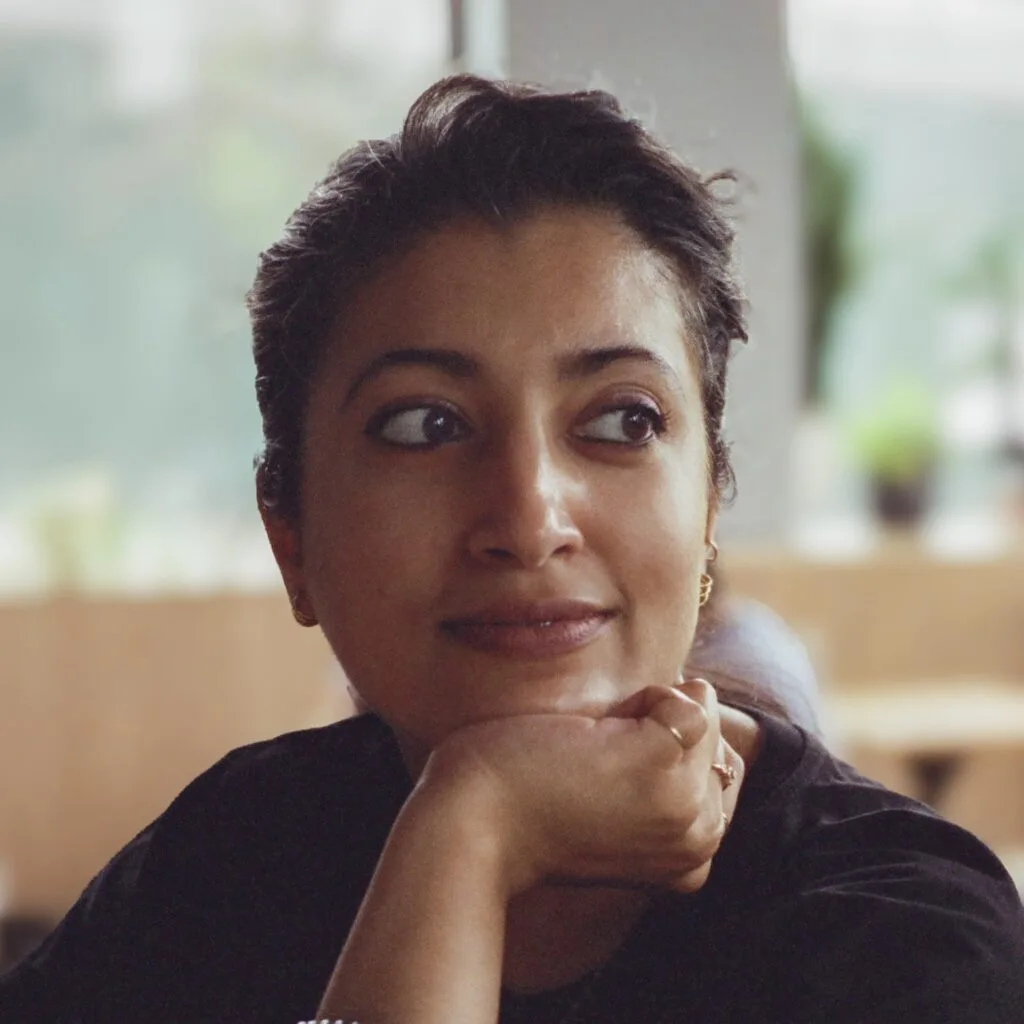
Related Documentaries
Latest Documentaries
Related Stories
Related Stories
Policies
Teacher Center
Funding for FRONTLINE is provided through the support of PBS viewers and by the Corporation for Public Broadcasting. Additional funding is provided by the Abrams Foundation; Park Foundation; the John D. and Catherine T. MacArthur Foundation; and the FRONTLINE Journalism Fund with major support from Jon and Jo Ann Hagler on behalf of the Jon L. Hagler Foundation, and additional support from Koo and Patricia Yuen. FRONTLINE is a registered trademark of WGBH Educational Foundation. Web Site Copyright ©1995-2025 WGBH Educational Foundation. PBS is a 501(c)(3) not-for-profit organization.
